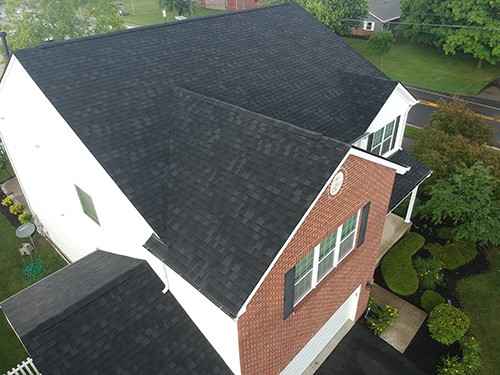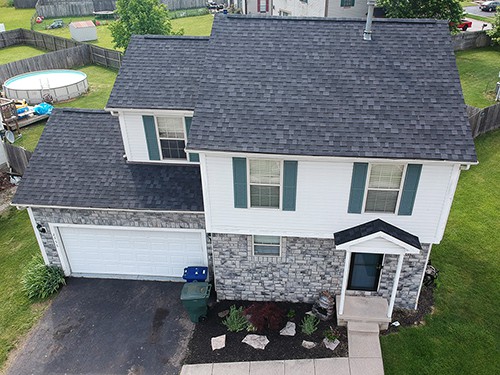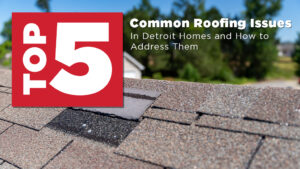Wherever you are in the home-buying process, congratulations! First-time homeownership is an exciting development in your life, and a house is an incredibly valuable investment for you and your family’s future. As a new homeowner, however, it’s important to understand your relationship with your home and how to keep it in great shape for years to come. One part of the home that new homeowners frequently find themselves clueless about is roofing and how to maintain it.
Regular Inspections
 Once you have a contractor in mind, it’s time to schedule an appointment. The best season for roof inspections is in the summer, hands down. The good weather makes it easier to inspect a roof, as well as perform any maintenance that is necessary. After your first roof inspection, it is good practice to have one conducted annually – generally in the late summer months like August or September, immediately before the harsher seasons of fall and winter in most climates.
Once you have a contractor in mind, it’s time to schedule an appointment. The best season for roof inspections is in the summer, hands down. The good weather makes it easier to inspect a roof, as well as perform any maintenance that is necessary. After your first roof inspection, it is good practice to have one conducted annually – generally in the late summer months like August or September, immediately before the harsher seasons of fall and winter in most climates.
Getting the most out of your roof inspection requires careful consideration of your inspection report. Take any issues that you and the roofers find seriously, do not assume that because your roof is young it will not have major problems. If something comes up and it’s on your report, address it immediately. The last thing you want is to be left out in the cold – quite literally – in the winter, with a damaged roof.
Regular Maintenance
 Wind and weather can wear down roofing materials quickly. Blown-off shingles, for example, weaken the overall strength of a house’s roof and need to be replaced. It’s always easier to replace a few missing pieces than the entire roof.
Wind and weather can wear down roofing materials quickly. Blown-off shingles, for example, weaken the overall strength of a house’s roof and need to be replaced. It’s always easier to replace a few missing pieces than the entire roof.
Additionally, if you live in a wooded area or near trees, it’s important to regularly brush off debris from your roof. The added weight of leaves – particularly in the autumn, when trees shed their leaves – can press down on your roof, and weaken the integrity. Similarly, you will want to clean out your gutters of leaves and dirt so they can adequately drain rainwater, which is also a threat to your roof if left unchecked.
More than anything else, you should also understand your roof’s warranty and insurance policy. If your roof is under warranty, be sure to read carefully to understand the terms and conditions for replacement. Should you receive a new one, such as from a roofer who is replacing your old roofing shingles, know that one, as well. Insurance does not always cover roofing damage, so be sure to carefully check over your policy to know what is and is not covered – this way you will be ready to protect your roof from damages in the future.









